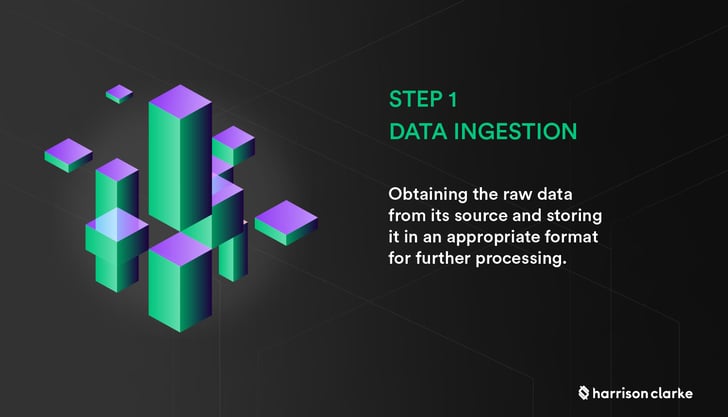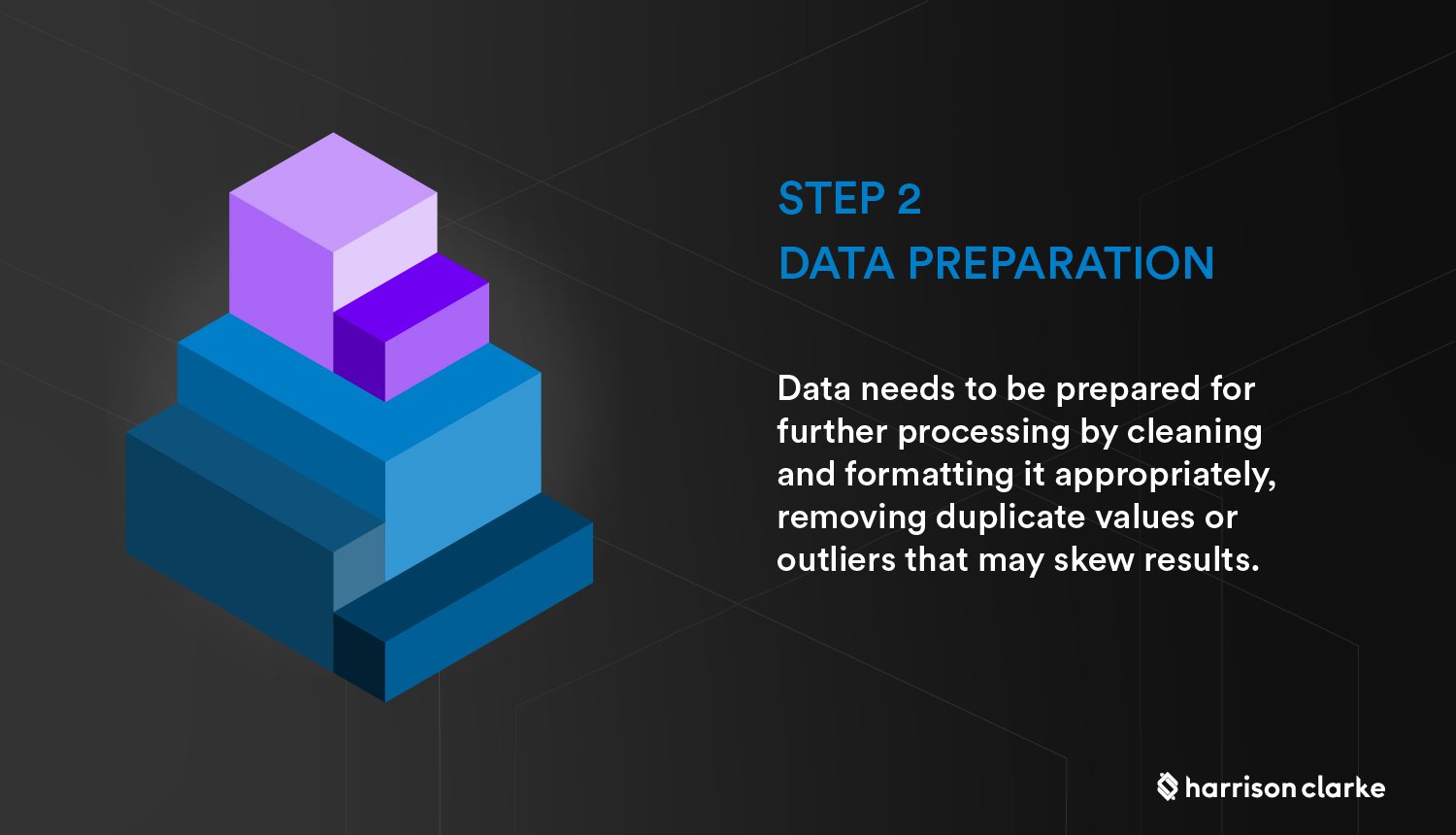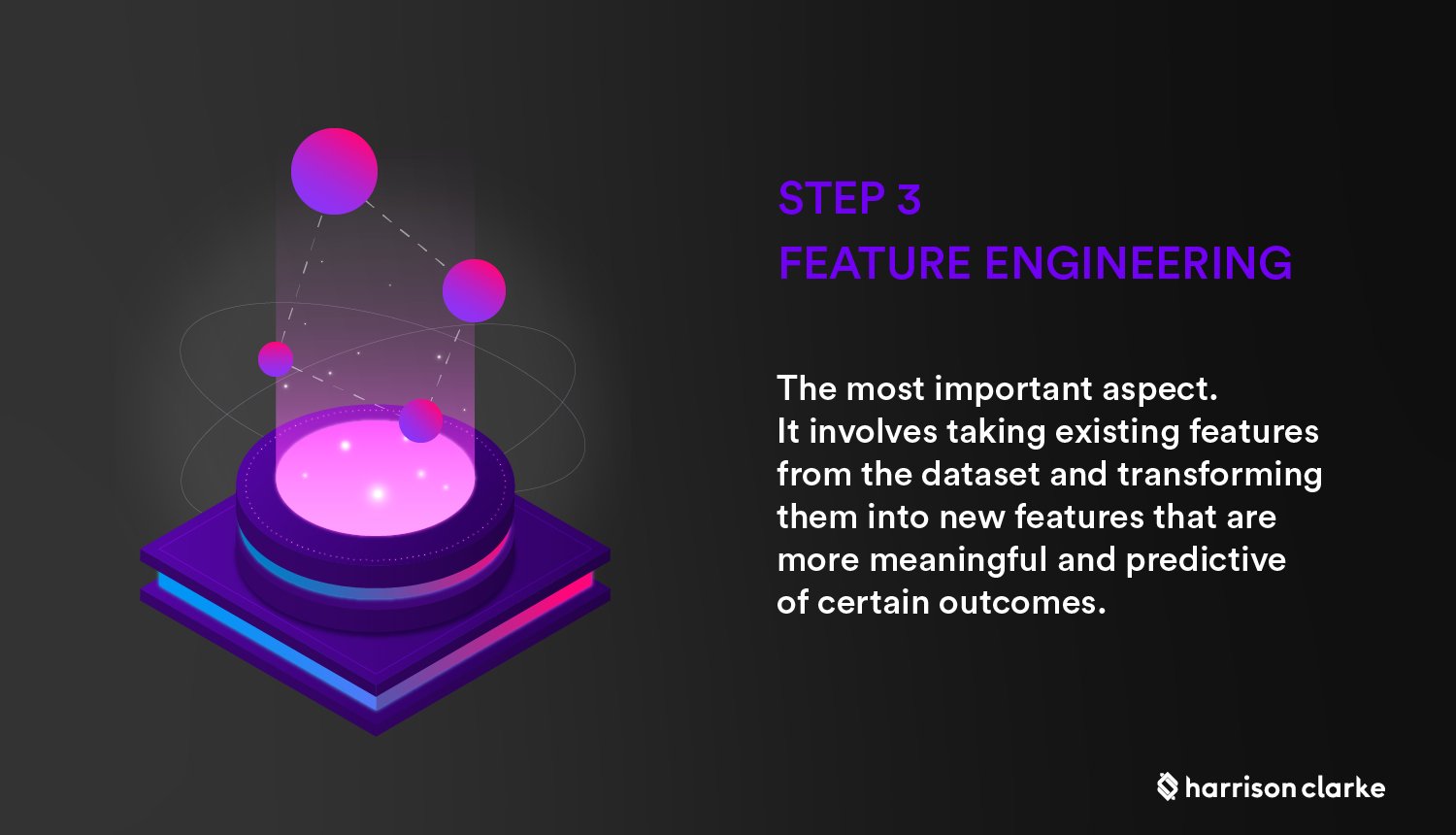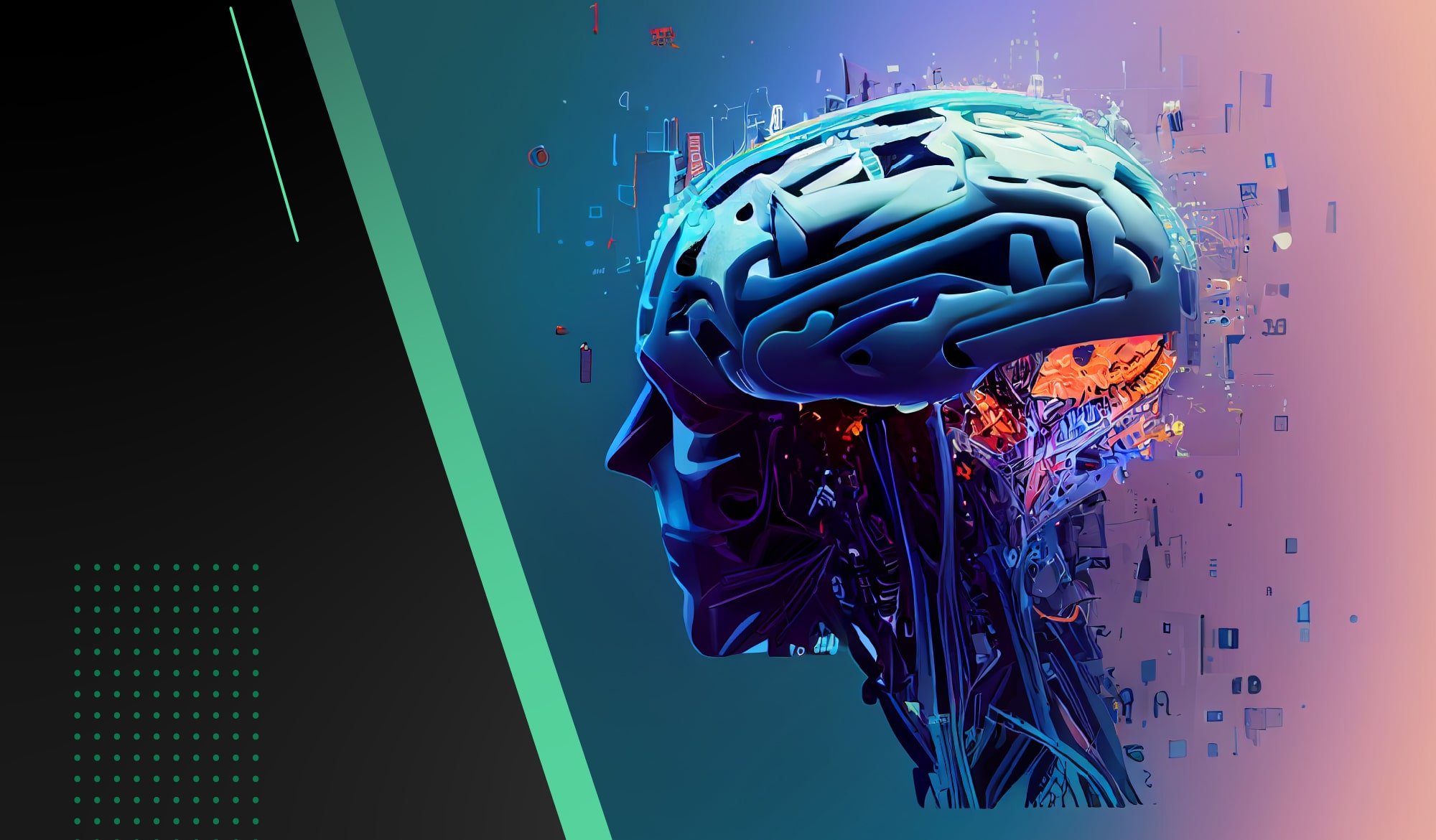As businesses turn to machine learning to gain insights from their data, it is essential that they build robust and reliable data pipelines. A data pipeline is a series of steps taken to process raw data into a form suitable for machine learning models. This includes tasks such as data ingestion, data preparation, and feature engineering. In this blog post, we will discuss best practices and strategies for building a successful data pipeline for machine learning.
Data Ingestion

The first step in building a data pipeline is the ingestion of the raw data. This involves obtaining the raw data from its source and storing it in an appropriate format for further processing. It’s important to note that not all raw datasets are suitable for machine learning, so it’s important to ensure that the dataset meets certain requirements before further processing can take place. For example, it should contain enough samples (rows) with enough features (columns) to be useful for training models. Additionally, the features should be correctly scaled or normalized so they can be meaningfully compared against each other.
Data Preparation

Once the raw dataset has been ingested, it needs to be prepared for further processing by cleaning and formatting it appropriately. This process can involve removing duplicate values or outliers that may skew results; transforming categorical variables into numerical ones; filling in any missing values; and normalizing or scaling numeric variables so they have a mean of 0 and standard deviation of 1. By performing these steps on the dataset beforehand, you can ensure that your models have access to clean and consistent input data which will lead to better results downstream.
Feature Engineering

Feature engineering is one of the most important aspects of building a successful machine learning model because it involves taking existing features from the dataset and transforming them into new features that are more meaningful and predictive of certain outcomes. Feature engineering techniques include creating polynomial combinations between variables, one-hot encoding categorical variables, discretizing continuous variables, generating synthetic samples from existing ones, etc. It’s important to understand your domain knowledge when performing feature engineering so you can create meaningful features based on prior experience rather than randomly generating them without any context or understanding behind them.
Building a successful data pipeline for machine learning requires careful planning and execution at each stage of the process—from ingesting raw datasets to preparing them with cleaning and formatting steps; selecting relevant features through feature engineering; training models with quality input datasets; validating model performance; deploying models into production environments; monitoring performance over time; making changes as needed; etc.—all while meeting business objectives such as cost savings or increased efficiency goals in order to ensure success in building an effective machine learning system. By following best practices outlined above throughout this process, software engineers, CEOs & CTOs alike can help their organizations leverage powerful technology tools like machine learning quickly and effectively with minimal disruption or risk involved in doing so.



